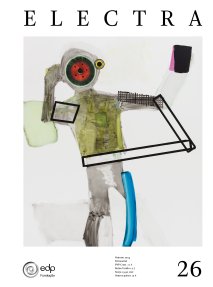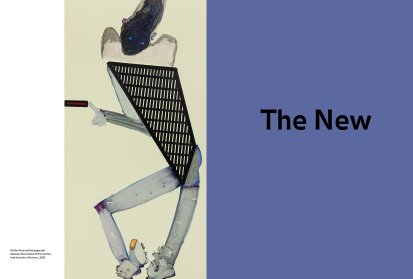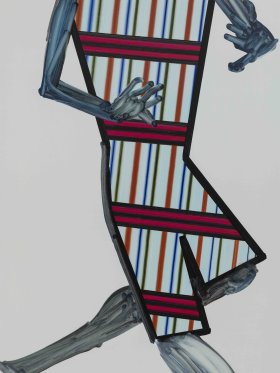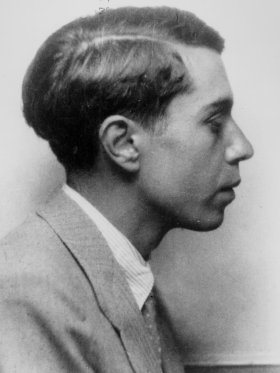The Greeks are famed for having espoused ‘the principle of seniority’.1 Among countless examples, we are familiar with ‘old Nestor’ in Homer’s poems, a universally respected figure despite his propensity for rather lengthy speeches and recollections; similarly, we have the Council of Elders (Gerousia) in Sparta and its counterpart in Plato’s Laws, the Nocturnal Council. The Romans, for their part, always emphasised the value they placed on the mos majorum, the unwritten customs and laws passed down by their ancestors. They frequently recalled the virtues of the Rome of old, never more so than when the Republic was on the verge of collapse and Rome itself was crumbling under the weight of its victories.
The Greeks contrasted the palaioi (the ancients, elders, those who came before) with the neôteroi (a comparative form of neos), the young, the latter being viewed as ‘newer’ in relation to the former. However, this same comparative form also denotes a rebellion or revolution, and the verb neôterizein means ‘to take new measures’, i.e. to bring about a revolution. These are not indications of an excessive appreciation of the recent; on the contrary, the idea is that one should be extremely wary of the new! There were several possible strategies for dealing with the old, but the ‘new’ or the ‘modern’ were not a counter to the old. There had always been ancients, but not yet moderns. Claiming to be younger and being recognised as such means drawing attention to those who came before you, who are older: the elders, in other words. But while claiming their place, these younger players nevertheless belong to the same ranks as the elders. In simple generational terms, they come after, but they are not there to ‘do something new’.
Ernst Robert Curtius pointed out that the neologism modernus did not appear until the end of the fifth century. Formed from the adverb modo, ‘recently’ – as hodiernus, ‘of today’, was formed from hodie – the adjective modernus, ‘recent’, moves towards the meaning of now, current, of the present.2 In the sixth century, Cassiodorus used the noun antiquitas to apply to the Roman (ancient) past and to highlight it as an example for the saecula moderna or ‘our time’ (nostra tempora). Two centuries later, Charlemagne’s time would be hailed as the modern century by its leading figures. Introducing this notion of modern enabled a shift. The modern was no longer merely what came after. By claiming to be of the present, this idea broke ranks somewhat, establishing a separation (if not a rift) from what came before, the old. It is this separation that enabled a positive view of the new, which no longer needed to be immediately devalued or suspected precisely for being new. Nevertheless, nothing had been definitively settled by the sixth century, or even by the eighth.
With the arrival on the scene of modernus, the Ancients/Moderns dichotomy was born, as were the quarrels that would define its history. Of course, there was not just one long, drawn-out quarrel extending from the High Middle Ages until the late seventeenth century, but rather multiple, and all with very different forms and objectives. These Moderns were still only the first Moderns, the people of the day, content to establish a (mobile) border with the Ancients: a border of the present. From the late eighteenth century onwards, the second moderns would be more future-oriented: to be completely contemporary, they would have to look to the future. They would be contemporary precisely because they would already belong to tomorrow. And yet by the simple fact of invoking this dichotomy, of assigning to some the status of Ancients and to others that of Moderns, successive protagonists would long seem like duellists returning to settle old quarrels on the same battlefield.






Share article